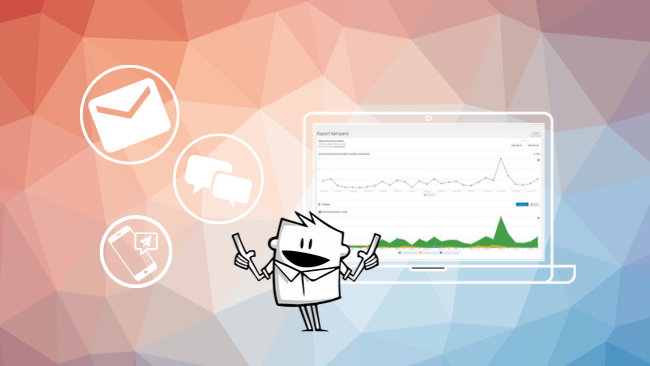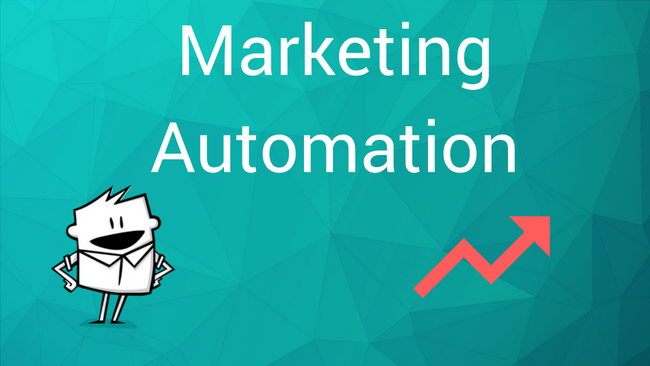A Control Group – A Powerful Tool For Every Marketer

A control group lets you not only compare older and newer approach for a campaign, technical solution, a detail regarding UX/UI. A control group is a powerful tool for marketer, serving campaign personalization. Delivering tailored solutions for each client directly translates into web traffic and sales. Most of all, it shows your brand as innovative and serving clients’ needs.
Experience and offer personalization, based on data harvested while browsing the website, customer journey and many other factors, have a long-term impact for the business owner. Benefits of personalization:
· Company can generate more user data when the base on them its operations and mechanisms
· The user browse the app even more and buys more because he knows, that there always be something interesting
· The user doesn’t see the reason to use other apps because he’s accustomed to the quality of his favorite solution
· The application is able to send personalized ads and push notifications. What is not acceptable for other services, is suddenly fully acceptable, or even expected.
Thanks to the control group you can discover your users’ behavioral patterns. That’s why you can plan ahead. Interactions with a certain type of users, displaying personalized offers and building relations – crucial for creating a stable revenue.
Adobe’s report from June 2018 shows that 34% of mailings hit the wall. Recipients think they are annoying and the offers are not interesting to them. It’s a simple way of losing a customer’s trust. Control groups also help with return on investment (ROI) but they have faults as well. You have to be aware of them if you want to use them correctly.
These are the pros and cons of control groups:
Pros:
· Analytics, analytics, analytics. Thanks to that, you can gain objective information about your campaign’s effectiveness
· If you design your campaign and the test with quality in mind, you can check almost every detail and turn every rock to get them
· If you can gather a good control group, then your operational costs will be relatively low
Cons:
· Control groups are focused on particular tactics. You will check your thesis and the effectiveness of operations attached to them. You can’t verify other campaigns, outside of the ‘testing ground’
· You can test almost anything but not everything is recommended. The lower the number of variables, the higher the chances of success and reliability. If you have an older and newer campaign, the threat comes in the form of details – the higher the number of differences, the harder it will be to draw rational conclusions. How can we truly compare something that has a different shape, color, weight? It’s not the way.
You have to remember the ‘cross-contamination’ rule. It’s about content than can modify the behavior of a control group. It’s relevant to the group that receives a new solution and the group that stays with the older one. If one of them receives even the smallest part of content not suitable for the characteristics, the whole study becomes unreliable.
You have to also remember the size of the control group. If the newsletter is received by a small number of people, the whole ‘control group’ idea doesn’t make sense. You can start the study only when you are certain that you can generate a satisfactory open rate. If you don’t have a large number of users, focus on tweaking the newsletter and reach a large number of potential clients as you possibly can. You can start a control group with 1,000 subscribers – this is the line for the relevant study.
Make sure, that you can measure the results generated by a control group. Google Analytics and a qualified employee are a must. He should know the tool and be aware of what to pay attention to and what data pull out of the application. He must be familiar with campaign details:
· The reason behind the campaign started
· Who is the target
· What are the assumptions
· What were the assumptions for the previous campaign
· What indicators you want to measure this time around and why
· What should be the result – an internal report, a meeting, quarterly publication?
You could argue that the last bullet point is unnecessary. Under some conditions, it can be crucial and even stop the whole campaign. Using control groups to prove a point is best at the beginning of each quarter, not at the end. Companies tend to start studies at the beginning of a quarter and finish them at the end. Starting a campaign in the middle doesn’t make sense.
We should also mention one thing. Control groups are not one-dimensional tool. They can be a powerful weapon for a marketer, especially when using omnichannel. A number of platforms, channels, content types and forms of the presentation leads to interesting conclusions. You can measure almost anything, anywhere and anytime.
How the same campaign perform on desktops and mobiles? Is the longer copy better or should we run with the older solution and keep it simple? Are these photos good for our landing page, or can they scare off the audience? Marketers always ask questions. A control group brings you answers.



